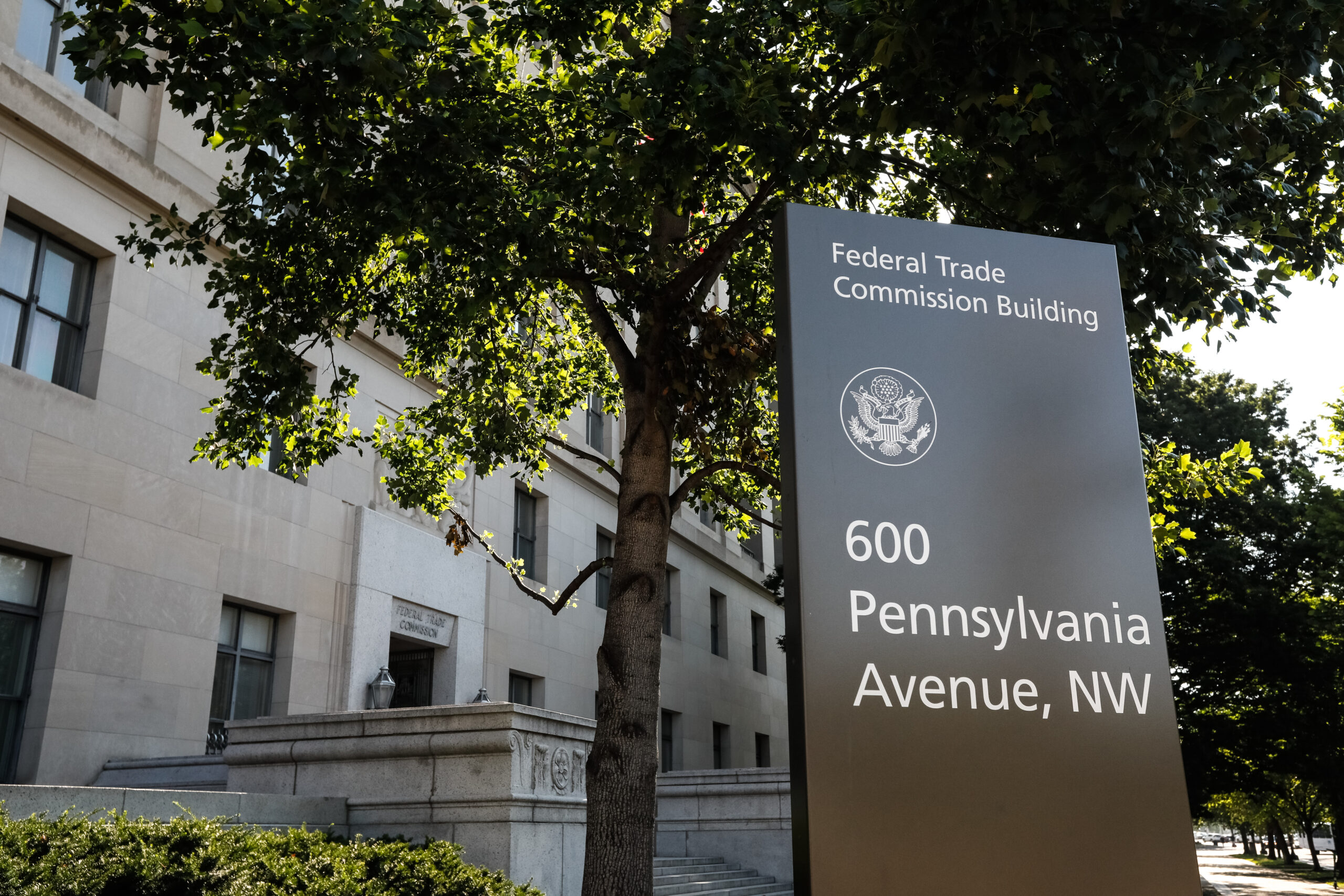ICYMI: Challenges in Merger Enforcement – Where Next?

Under the current administration, the U.S. antitrust agencies, the Federal Trade Commission (FTC) and the U.S. Department of Justice (DOJ), are taking a more aggressive approach to merger enforcement and have outlined strategies that seem to move away from traditional merger review tools and principles. In October and November, the Computer and Communications Industry Association (CCIA) co-hosted with Competition Policy International (CPI) a series of panel discussions on the most pronounced challenges to the current antitrust framework in a changing economic environment. On November 16th, CCIA and CPI completed the final event of the four-part series, focused on current challenges in merger enforcement and expectations regarding the new merger guidelines.
Before the main panel began, the event featured a brief conversation between Bloomberg reporter Leah Nylen and Richard G. Parker, Partner at Gibson, Dunn & Crutcher LLP. In his talk with Nylen, Parker made two key points. First, he underscored that the recent swell of activity at the antitrust agencies in regards to adjudication must be tempered with data. Rather than presenting speculative theories on antitrust, the agencies are going to have to recognize that they can’t bring cases without solid facts, economic evidence or legal groundwork. He stated that “people who are deciding the cases want more facts and less fancy theories on antitrust.” Second, Parker commented on the expectation that the FTC and DOJ will release an overhaul of their merger guidelines by the end of this year. He emphasized that any new guidelines must follow in the footsteps of the 2010 guidelines, remaining politically neutral and grounded in factual analysis.
Ilene Gotts, Partner at Wachtell, Lipton, Rosen & Katz LLP, moderated the panel featuring Mark Meador, Deputy Chief Counsel for Antitrust and Competition Policy to Senator Mike Lee, Bernard (Barry) Nigro, Partner atFried Frank LLP, and Karen Kazmerzak, Partner at Sidley Austin LLP. The panel discussion revolved around the evolving regulatory landscape and the increase in Congress’ attention on antitrust. Mark Meador discussed the House Antitrust Subcommittee Investigation, which launched a flurry of legislation focusing on self-preferencing and trust-busting. Meador briefly covered a number of bills and explained that Congress has recently been focusing on AICOA and the Open App Markets Act.
Panelists agreed that there is angst around the regulatory landscape as many of the current legislative proposals are moving away from the Consumer Welfare Standard (CWS) and create more uncertainty. Bernard Nigro explained Congress’ sentiment “that if you’re a platform, you need to make, not buy.” Nigro felt the agencies now have an increased willingness to litigate and an increased capacity to do so, but that the standard shouldn’t be agencies winning every case they bring: “If they lose cases, agencies must show there’s harm they were unable to address due to the loss, and explain why certain changes in the law, tailored to address that gap in policy, are needed. Losing enough cases isn’t justification to drastically change the law.”
When asked what effects the record of antitrust cases brought by the agencies has on legislation, Karen Kazmerzak noted: “The more [the antitrust agencies] fail at these, the more likely Congress is to step in, so they’re more willing to take on cases.” However, Mark Meador went on to say that “legislation aimed at expanding agency power is unlikely with a Republican-controlled House, but Democrats may try to bolster agency power. Practically, we’ll have a divided Congress, so nothing extreme will happen, but there will be lots of activity and noise ahead of 2024.”
Regarding remedies, Karen Kazmerzak and Bernard Nigro agreed on the fact that when handling remedies there “used to be a playbook on whether there would be a settlement,” but trying to understand how the regulatory process will go is much harder now. Kazmerzak mentioned that in the current administration settlements have pretty much been off the table since “they expect clean deals, which means going back to the days of fix-it-first mergers.” Nigro added that at least in the area of vertical mergers, as opposed to the agencies, the courts seem to have been persuaded that remedies work. In recent cases, courts have concluded that the remedy was adequate and denied the injunction in some of the cases. Judges have not been as skeptical of remedies as agencies have, and parties are beginning to think through whether that is something worth litigating.
Panelists were also asked for their predictions on when the overhauled merger guidelines will be issued by the FTC and DOJ, and whether they will ultimately be adopted by the courts. Nigro expects them to be released by the end of this year or right after the start of the new year and that adoption by the courts depends on how dramatic a change from the current precedent they present. Kazmerzak responded to Nigro’s prediction, pointing out that the process might take a lot longer than that if it’s up to public comment. Finally, when asked whether these guidelines make any difference on the Hill, Mark Meador felt “unsure whether they’ll make a difference but they’ll definitely be looked at closely.”








